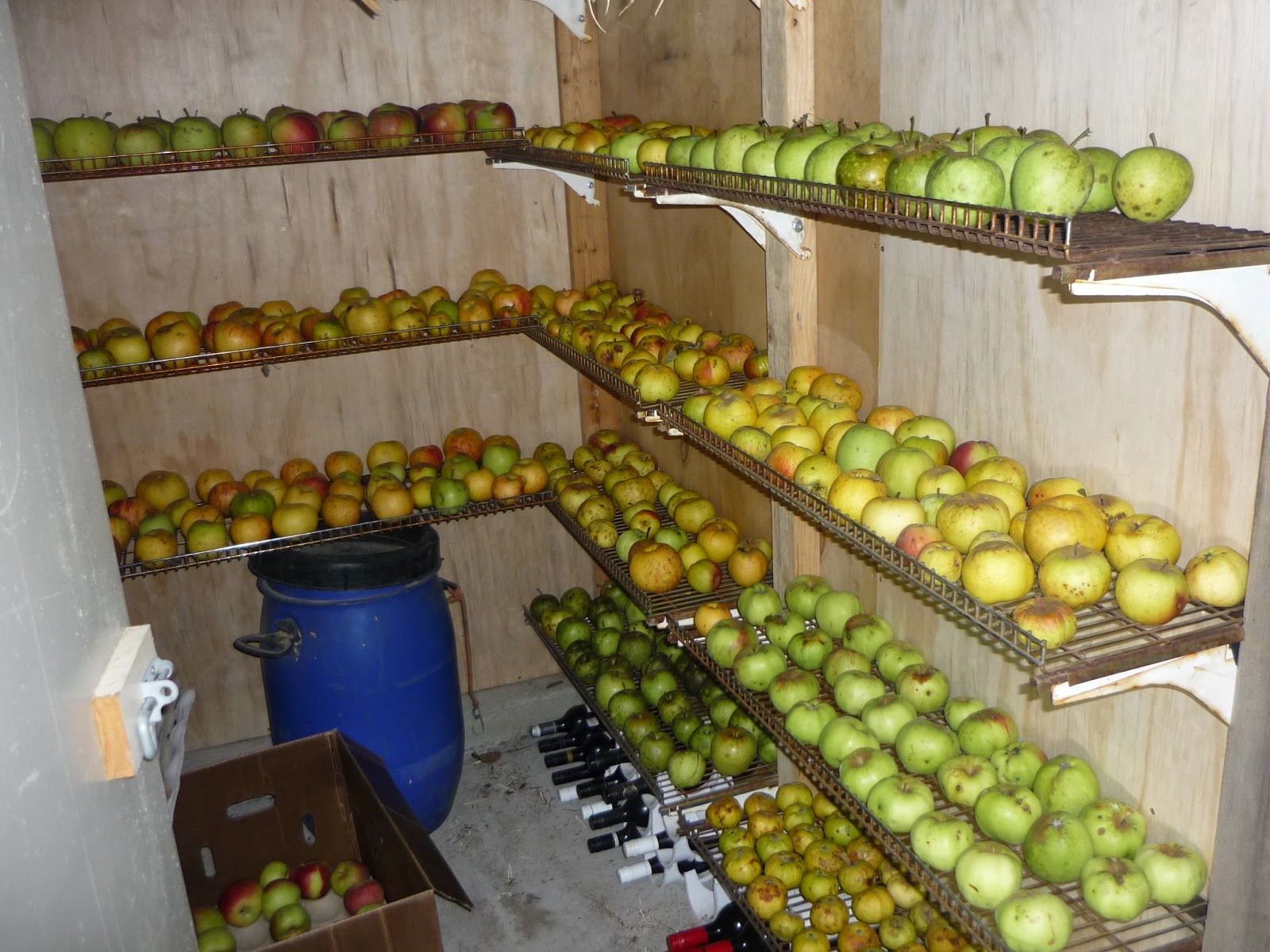The sun was just coming through the autumn mist as I headed out to move one of the chook flocks. We are lucky that such mists seem to clear at Opportunity Farm before much of the surrounding area which provides beautiful views and misty vistas.
'The season of mists and mellow fruitfulness'
It looked like the chook tractor was on the edge of a sunny island with a sea of fog below. Last night I went out with a torch and shut the door on the house so that all the chooks were trapped inside. Sometimes the rooster will sleep underneath but the increasing cool must have enticed him in to snuggle up to his ladies.
Ready to start with the fence still up
The first job was to pull up the fencing. It is 100m of electrified mesh with twenty posts that are meant to be pushed into the ground. The bottom wire of the mesh is not electrified so that the ground does not short out the fence, provided the grass is not too long.
To work effectively the fence needs to be a circuit so the two ends are clipped together to ensure the charge crosses the gap. Here the two ends are separated for removal. Each corner is kept taut by a string with a tent peg on the end. These I remove so that they do not tangle with the mesh as it is folded and so that they are handy when needed for reassembling. I collect up the posts folding the mesh in half until I get half way. Then I collect up the other side.
The photo below shows all the items needed for our mobile chook run: the folded mesh, a drum for the poultry feed, the solar charger, a steel picket for the charger to sit on, a metal pole for earthing the charger, the green poultry feeder, the automatic waterer and the ladder for the chooks to climb up into the chook house.
All these items are loaded onto the ute, the tyre of the chook house pumped up and then the trailer is attached and dragged into Harley's paddock. He is off with Opal so the chooks can scratch up all the excess hay and horse poo in his shed.
Once the fence is all set up then the charger and earth posts are banged in and the power connected up. All that remains to do is to open the hatch and watch the chooks explore their new run. By having such mobile chooks it saves on permanent fencing, allows the chooks to scratch up waste and worms from other animals, reduces compaction and gives the chooks a chance to get fresh green grass.






































